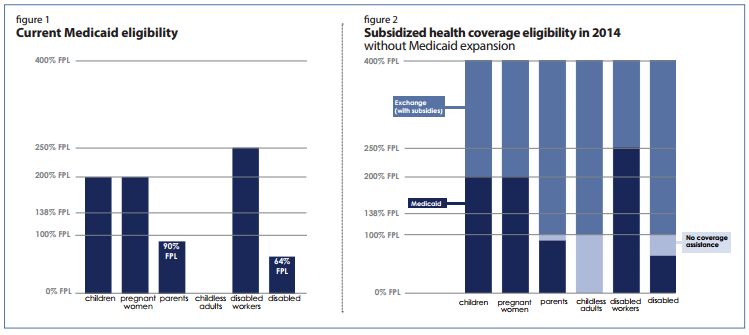 Guest Contributor Nathan Lawrence looks at how Republicans and Democrats work together in Ohio, including on issues like health care, despite the difficulties of the parties to work together at the federal level.
Guest Contributor Nathan Lawrence looks at how Republicans and Democrats work together in Ohio, including on issues like health care, despite the difficulties of the parties to work together at the federal level.
Ohio has long been one of the political battle ground states. Every election cycle, the Buckeye State turns into a scene of ideological trench warfare. On the Republican side, the party is dominated Rockefeller Republicans (Republicans which have (1) center-right views of economics but reject the far-right, (2) are typically culturally moderate to left-wing, (3) and are middle class to upper-class.) who control the capitol of the Buckeye State, Columbus. The Columbus Dispatch, one of the biggest newspapers in Ohio, is largely controlled by the Republican Party but it’s also one of the most pro-homosexual rights newspapers in the entire mid-west of the United States. In fact Ohio’s Rob Portman, a Republican Senator, is one of the main advocates for gay rights in Ohio. Though these Republicans largely have no fear of the homosexual community, Rockefeller Republicans are very well known for protecting middle class interests. Their attempts at voter registration reforms and using underhanded methods during campaigns are fairly well known. The infamous anti-union Senate Bill 5 is perhaps the “crowning achievement” of their efforts since their victory for the governorship.
On top of this, the federal government shutdown and the resurgence of the Tea Party movement has Ohio political climate up in a storm. Regardless, a major victory for the working-class is seemingly right around the corner in Ohio. The current topic of debate is not Obamacare or even the shutdown, it’s Medicaid expansion and even the hardline Rockefellers are favoring it. According to the non-partisan Health Policy Institute of Ohio, this initiative would add roughly 25,000 jobs to both the public and private sector, save the state of Ohio 1.8-1.9 billion dollars by 2022, and cover 300,000 more Ohioans, including demographics that fell through the cracks in the past. Given these figures, it is clearly a win-win. Ohio can actually save money and cover more people with health insurance.
As noted before the Republicans in Ohio are hardline Rockefellers, but there is considerable cooperation for passing this bill so far and there remains no major opposition besides a few fringe Tea Party groups. In fact, Governor John Kasich fully supports the effort to expand it and many other Republicans are following suit. Of course there is more ground to cover, but it’s more than possible to cross. Kasich’s anti-union Senate Bill 5 in Ohio several years ago was a tough battle between Ohio’s Democrats and Republicans and he gave no ground and refused to compromise. One can only hope that he will put the same kind of effort behind the upcoming debate over Medicaid expansion.
Only last week, with the state director for Working America (the segment of the AFL-CIO that represents un-unionized workers), I met with the Republican representative of my district and discussed the issue. We delivered petitions and tried to sway the representative to support the bill. The legislative staff was more than happy to see us and we found much common ground on the debate. Peace, even during the federal government shutdown, is more than possible in Ohio.


